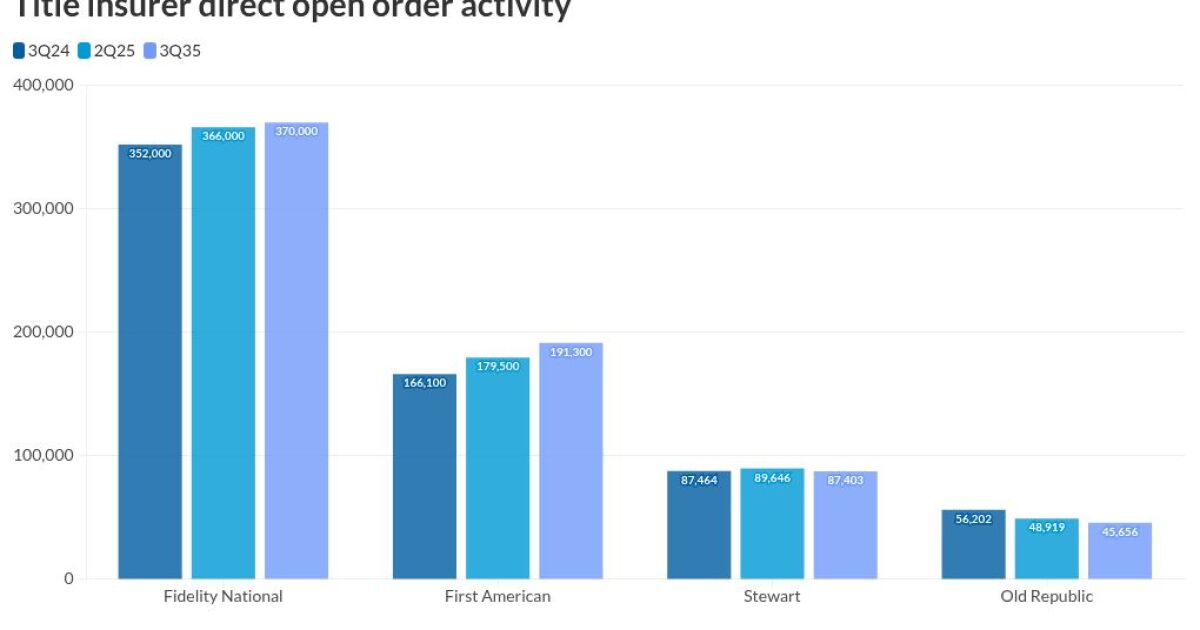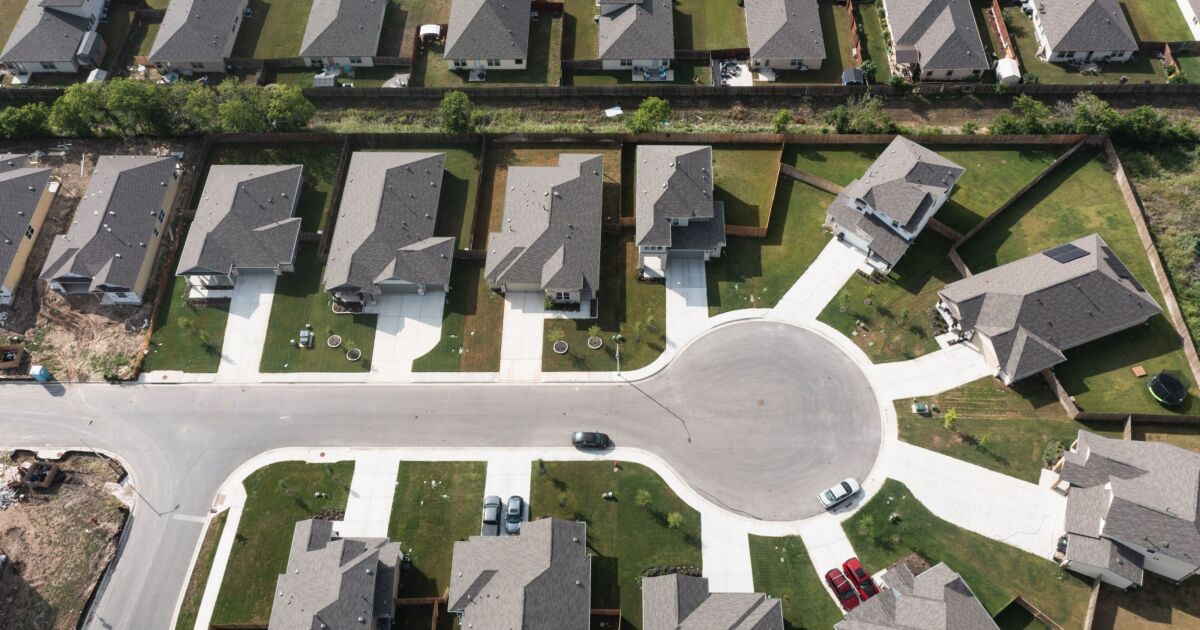
Between July and September, large and mega investors (those who own 100 properties or more on average) acquired between 8,000 to 10,000 homes each per month, up by about 1,000 from third quarter 2019, the real estate data provider found.
Meanwhile, small and medium participants, with typically less than 100 properties in their possession, exhibited similar purchase trends. Small investors, who usually own less than 10 units at a given time, bought approximately 5,000 more homes compared to the third quarter in pre-pandemic 2019, showing greater strength than their larger counterparts, according to Corelogic economist Thom Malone.
"Large/mega-investors have stopped their spending sprees. The small-investor share is now helping support this section of the housing market," he said in a statement.
Overall, the investor community purchased approximately 95,000 and 105,000 properties in July and August before taking a step back with 84,000 in September. While up from pre-pandemic numbers, activity retreated from the same quarter in 2021 and 2022 when investors consistently bought more than 100,000 homes each month.
Still, while the total volumes of homes bought by investors slowed from their prior steep two-year ramp-up, their share of activity still stayed high relative to the overall market, according to Malone.
Investor purchases never accounted for more than 20% of the market in 2019 and 2020, but in the most recent July, August and September, they made up 26.8%, 27.2% and 28% in each month, respectively, he said.
"Though increased investor activity began in a low-interest rate environment, it has persisted through mortgage rate increases and shows no signs of dropping back below 20% soon," Malone said in a statement.
The larger shares in the segment came as non-investor purchases in the market fell, dropping from 280,000 to 215,000 between August and September.
"This may foreshadow how different types of buyers might react to mortgage rates above 7% and shows an early sign that investors may be the more resilient group," Malone said. The effect of recent decreases in interest rates on the market, however, have yet to play out.
Corelogic's findings run somewhat counter to some of the
Texas and California markets dominated the list of cities with the highest percentage of investor buyers in Corelogic's research. Thirteen of the top 20 metropolitan areas are located in the two states, with San Jose, California leading the list at 46%. Los Angeles followed at 41%, with McAllen, Texas, close behind.
Atlanta was the leading market outside those two states at 37%, driven primarily by the large share of mega investors.



